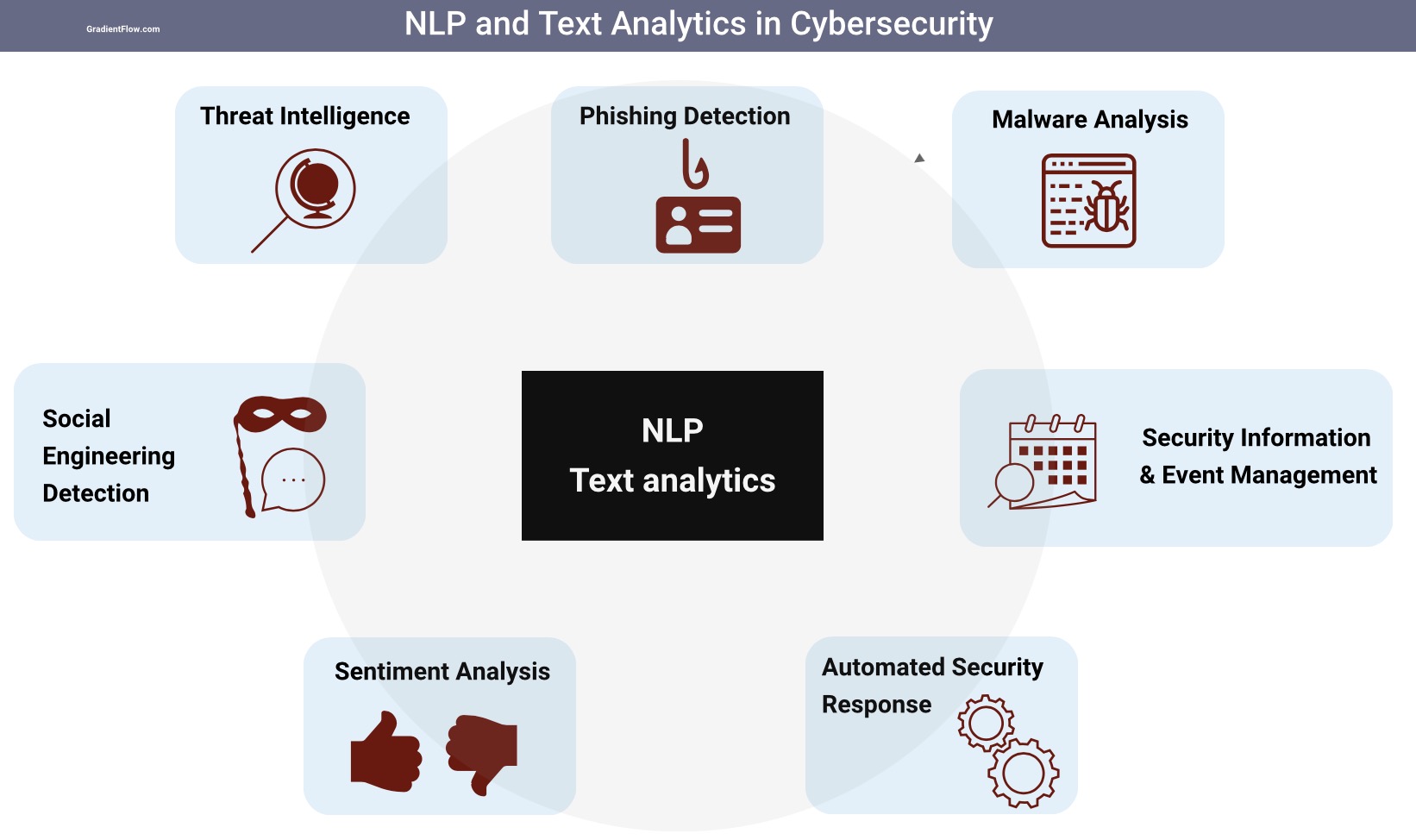
Benchmarking the Security Capabilities of Large Language Models
As I delve into the world of large language models (LLMs), I’m struck by the sheer pace of innovation in this field. With multiple open-source and proprietary architectures available, the possibilities seem endless. But amidst this excitement, a crucial question lingers: how do we determine which model is best suited for a particular machine learning problem?
 AI Research: The Future of Cybersecurity
AI Research: The Future of Cybersecurity
The answer lies in creating benchmark tasks that can assess the capabilities of these models easily and quickly. Currently, LLMs are evaluated on certain benchmarks, but these tests only gauge their general abilities on basic natural language processing (NLP) tasks. The Huggingface Open LLM Leaderboard, for instance, utilizes seven distinct benchmarks to evaluate open-source models accessible on Huggingface.
The Huggingface Open LLM Leaderboard
However, performance on these benchmark tasks may not accurately reflect how well models will work in cybersecurity contexts. Because these tasks are generalized, they might not reveal disparities in security-specific expertise among models that result from their training data.
To overcome this, researchers at SophosAI have set out to create a set of three benchmarks based on tasks they believe are fundamental prerequisites for most LLM-based defensive cybersecurity applications: Acting as an incident investigation assistant by converting natural language questions about telemetry into SQL statements, Generating incident summaries from security operations center (SOC) data, and Rating incident severity.
“These benchmarks serve two purposes: identifying foundational models with potential for fine-tuning, and then assessing the out-of-the-box (untuned) performance of those models.”
 The Future of Cybersecurity: LLMs at the Forefront
The Future of Cybersecurity: LLMs at the Forefront
As I reflect on the potential of LLMs in cybersecurity, I’m reminded of the importance of rigorous testing and evaluation. By creating benchmarks that simulate real-world cybersecurity scenarios, we can unlock the true potential of these models and create a safer digital landscape for all.
 The Power of LLMs in Cybersecurity
The Power of LLMs in Cybersecurity
In conclusion, the future of cybersecurity lies at the intersection of human ingenuity and artificial intelligence. As we continue to push the boundaries of what is possible with LLMs, we must remain vigilant in our pursuit of innovation and excellence.
 The Future of Cybersecurity: AI-powered Defense
The Future of Cybersecurity: AI-powered Defense












